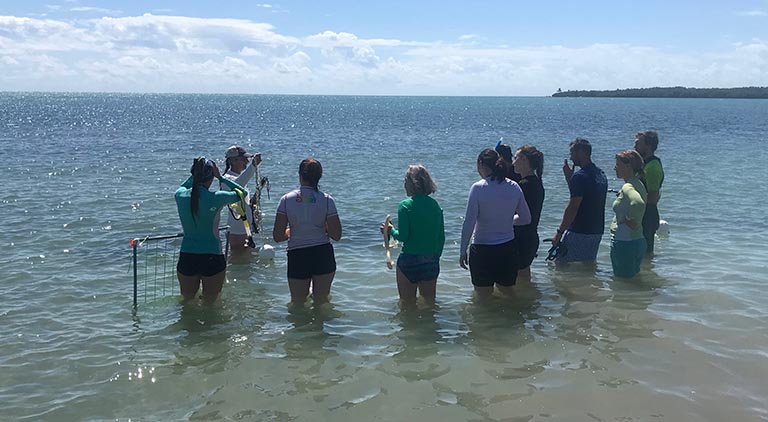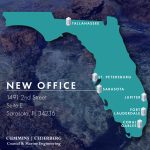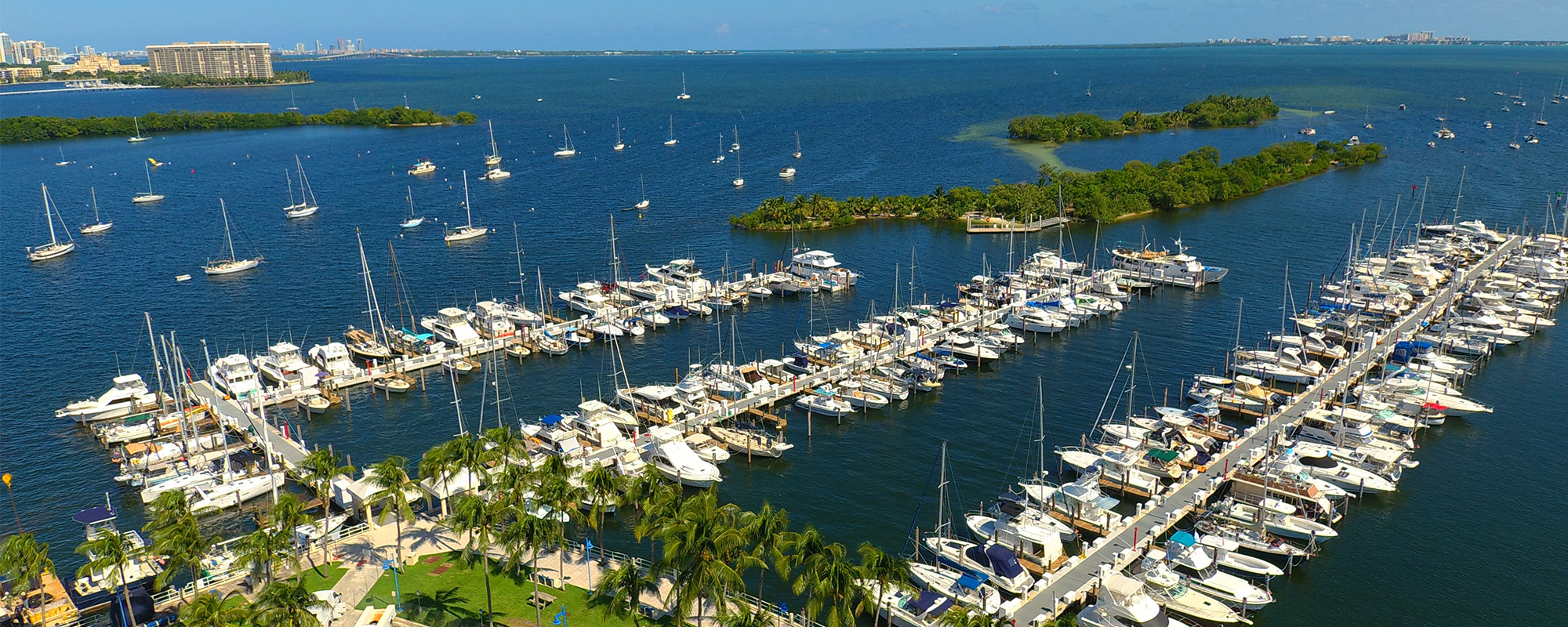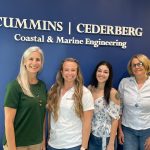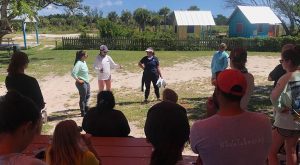
Gina Chiello and Jessica Ward explain survey methods to participants
On September 27th, Cummins Cederberg marine biologists Gina Chiello and Jessica Ward teamed with members from the South Florida Association of Environmental Professionals to lead the Seagrass Identification and In-Water Survey Workshop. The workshop was held at the Historic Virginia Key Beach Park and included attendees from the South Florida Water Management District, Florida Fish and Wildlife Conservation Commission, private consulting firms, and students from Florida International University and University of Miami.
The purpose of the workshop was to train participants in seagrass identification of local species as well as familiarize participants with the various seagrass survey methodologies acceptable by environmental agencies. After the classroom session portion, the participants had the opportunity to conduct an in-water mock seagrass survey by snorkeling in the shallow areas of the park.
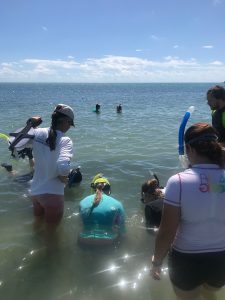
Jessica Ward overseeing in-water mock survey
A necessary part of increasing the awareness of seagrass conservation is through education of proper survey protocols and practices. Collecting accurate data (health, species, density, etc.) and proper reporting is crucial when being reviewed by regulatory agencies. Gina Chiello stated, “we face challenges with differences in survey methodology requirements and seagrass growing seasons, so our main goal of the workshop was to provide guidance on when to use which methodology and why.”
Seven species of seagrass are found in Florida’s marine waters including Turtle Grass (Thalassia testudinum), Manatee Grass (Syringodium filiforme), Shoal Grass (Halodule wrightii), Johnson’s Seagrass (Halophila johnsonii), Paddle Grass (Halophila decipiens), Star Grass (Halophila engelmanni), and Widgeon Grass (Ruppia maritima). Seagrasses are an integral part of the marine ecosystem in Florida as they stabilize the sea bottom with their extensive root system, prevent erosion caused by strong currents, maintain water quality, and provide shelter, food, and nurseries to local fish species.
At Cummins Cederberg, we are committed to the conservation and protection of Florida’s native seagrass species. We strive to ensure current methods to conduct quality seagrass surveys are used by being involved at the state and local level with organizations like the South Florida Association for Environmental Professionals.
